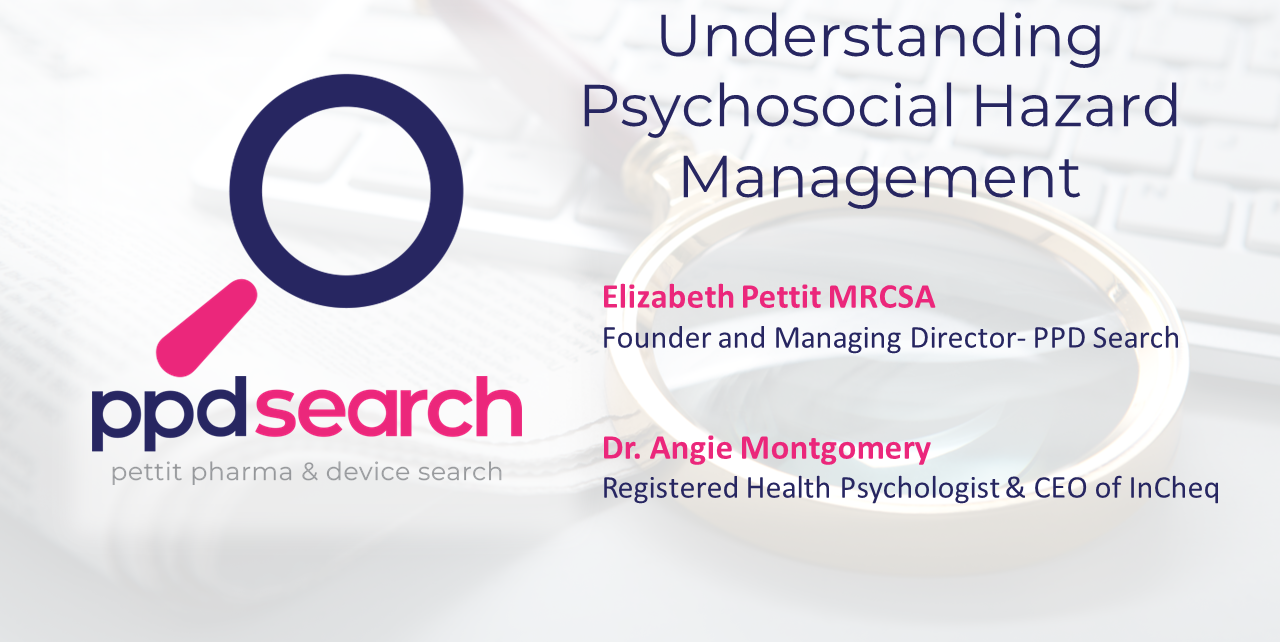How is Social Media helping the recruitment industry?
Published on December 11, 2019
Written / Hosted by: Elizabeth Pettit
There is no denying that social media can be used for anything these days. For businesses, job seekers or recruiters, social media has been an insightful tool and it has undoubtedly changed and helped the recruitment industry in many ways.
- Employer branding
Every business needs to establish their employer branding. A few months ago I attended a presentation by Mark Puncher, CEO of Employer Branding Australia , who talked about what employer branding is all about. He pointed out the obvious that being honest about a company’s employee value proposition is what will make a difference and how they leverage their social media presence to drive thought leadership and convey their business’ purpose is a good way to showcase their culture. If a business has a positive social media exposure, candidates who look them up can have a better idea of what kind of company culture they have. According to a whitepaper published Robert Walters, almost 70% of job seekers use social media to capture a glimpse of an organisation’s culture. They look for more information about the organisation either on the website or on their company social media page as these may offer more staff information, photos, events, etc.
- Job Post Visibility
Job posts used to be found only on job boards and job sites. Because of social media, a broader recruitment strategy now includes posting job ads on Facebook as this provides an increase in the visibility of a job post. This doesn’t mean that traditional recruitment strategies aren’t being used. They use social media in their recruitment strategy alongside traditional recruitment which give recruiters and candidates more visibility as well as increase the chances of the right talent for the role that is being advertised. This is also where most referrals come from. A recruiter who shares a job post on their social media account would have a large network of people already who may be able to refer interested applicants.
- Detailed information on people
Everyone can find detailed information about a candidate, a hiring manager or a CEO who will be doing your interview. For candidates, social media can help them prepare for that interview with a hiring manager. They can check for mutual professional connections, gain insight on how the interviewer communicates through their social posts, their physical appearance so they recognise the interviewer as soon as they see them and be able to give a strong first impression. All this information helps them better prepare for an interview. For recruiters, a candidate’s LinkedIn profile would have career history and educational background. This information backs up their resume details and organisations they might mention they are affiliated with. It provides authenticity to the details they have included in their resume as well as their cover letter.
- Hobbies tell their cultural fit

Anyone who is about to meet someone for the first time can now go on social media and do a little bit of research about the type of person they are. When candidates find information about the company they want to work for or when recruiters find talent for roles they need to fill, often times, they look on social media and see if their interests match. Also, the majority of the workforce now come from Millennials and Millennials are very social. Attracting a generation of talent on social media makes so much sense than it will ever be. There is a lot of transparency on social media accounts and this gives everyone an insight into a company’s or a candidate’s hobbies allowing each person to evaluate if they have a mutual cultural fit.
- Shorter hiring length and cost effective
 The recruitment industry has benefitted from social media by expanding network and partnerships. With connections and followers on LinkedIn and Facebook increasing, recruiters and candidates alike are always up to date on opportunities every day. This makes it easier than ever before for everyone to find what they are looking for as social media keeps everyone connected and updated. Traditional advertising like TV ads, billboards or newspaper can also be more expensive than social media advertising. And unlike traditional mass media, audience reach, behaviour and engagement can be easily tracked as most social media campaigns include a sufficient amount of data analysis to help recruiters identify which job post campaign or channel is much more effective.
The recruitment industry has benefitted from social media by expanding network and partnerships. With connections and followers on LinkedIn and Facebook increasing, recruiters and candidates alike are always up to date on opportunities every day. This makes it easier than ever before for everyone to find what they are looking for as social media keeps everyone connected and updated. Traditional advertising like TV ads, billboards or newspaper can also be more expensive than social media advertising. And unlike traditional mass media, audience reach, behaviour and engagement can be easily tracked as most social media campaigns include a sufficient amount of data analysis to help recruiters identify which job post campaign or channel is much more effective.
From our blog
View our blogs and webinar recordings for insights into recruitment in the healthcare industry, company culture and to hear from senior leaders in the healthcare industry on what they are doing in their organisations, along with tips on landing your dream job.






